From timeless techniques and age-old traditions to the high-tech realm of 3D printing, jewellery manufacturing has come a long way. Where is it headed and what does the future hold for precious metals and jewellery?
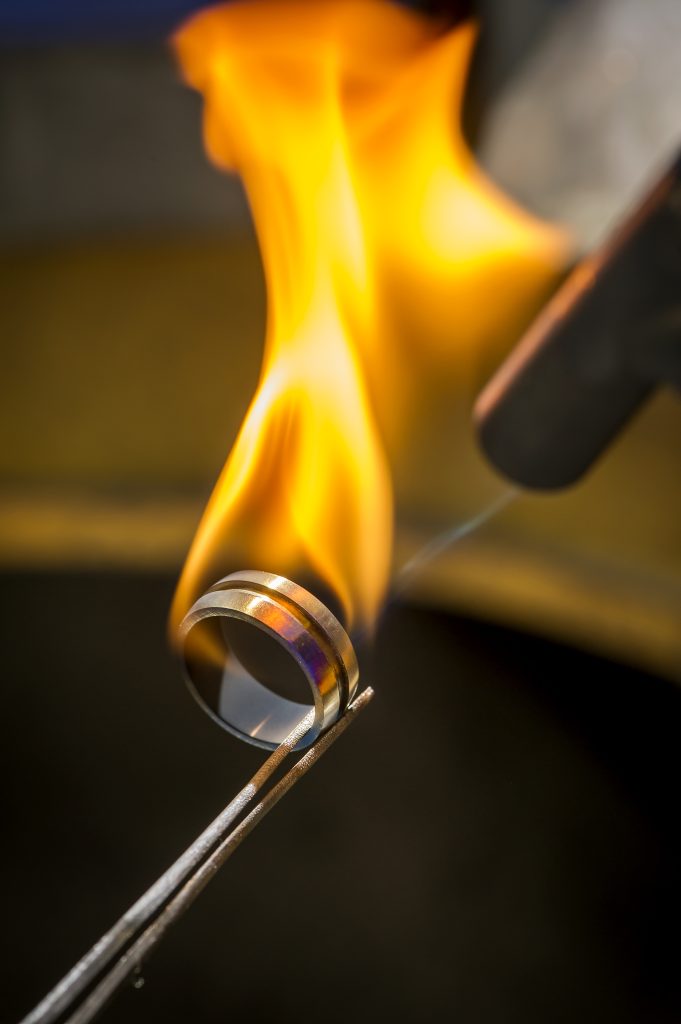
Becks
We talked to three of Australia’s leading precious metals suppliers and manufacturers for the low-down on the techniques, trends and styles preferred by today’s jewellers and designers.
Casting
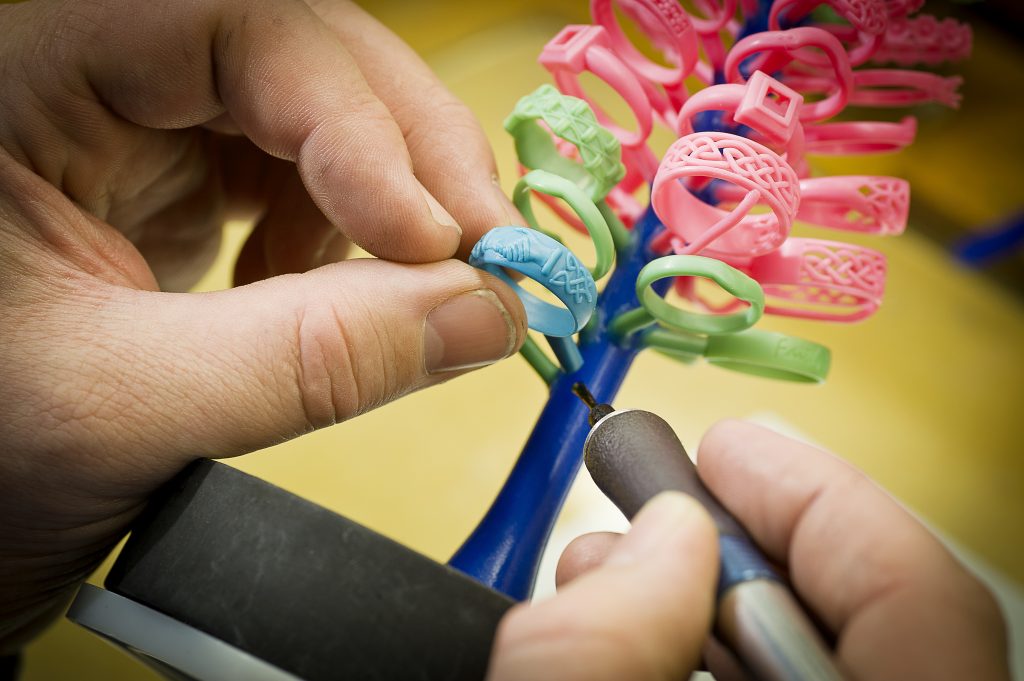
Becks
“Casting has been around for over 6,500 years – it’s one of the ‘old ways’,” says Chris Botha, operations manager at Palloys. Despite this, it remains a common and popular method of creating jewellery. “The advent of electricity, vibration, vacuum, and overpressure technology added a few bells and whistles to the casting process, but, at a core level it’s still similar: filling a void with a precious metal. Palloys uses a variety of equipment ranging from vacuum to overpressure, or a combination of both, as well as rotary casting and, occasionally, good old-fashioned gravity fill. The method used varies based on the alloy or by product type.”
At Becks, production manager Desmond Ambagtsheer says vacuum casting gold alloys and centrifugal casting of platinum and palladium alloys under inert gas protection are the most popular methods requested by Becks’ clients.
“Budget probably dictates the method of casting used in most cases,” Desmond says, and notes that some aspects of the traditional casting process are beginning to slip by the wayside. “Hand casting for the serious manufacturing jeweller is probably no longer an option.”
Darren Sher is the director of Chemgold, a company with a 40 year history of casting, manufacturing and precious metals. Darren says his company still sees the use of moulds being made and waxes supplied, which are a more traditional process when it comes to casting.
“For Chemgold, it’s wonderful to see traditional bench and new technologies being used side by side,” Darren says. “Handmade jewellery is still going strong as our stock gauge and solder sales have increased. Chemgold believes handmade will always have a place, but it is equally important to utilise advances in technology.”
Desmond feels the age-old technique of casting hasn’t seen its share of technological innovation in recent years but he’s curious about what’s to come.
“The next tech development will not involve the lost wax process but DLS – direct laser sintering jewellery items directly in carated metals,” he says.
METALS
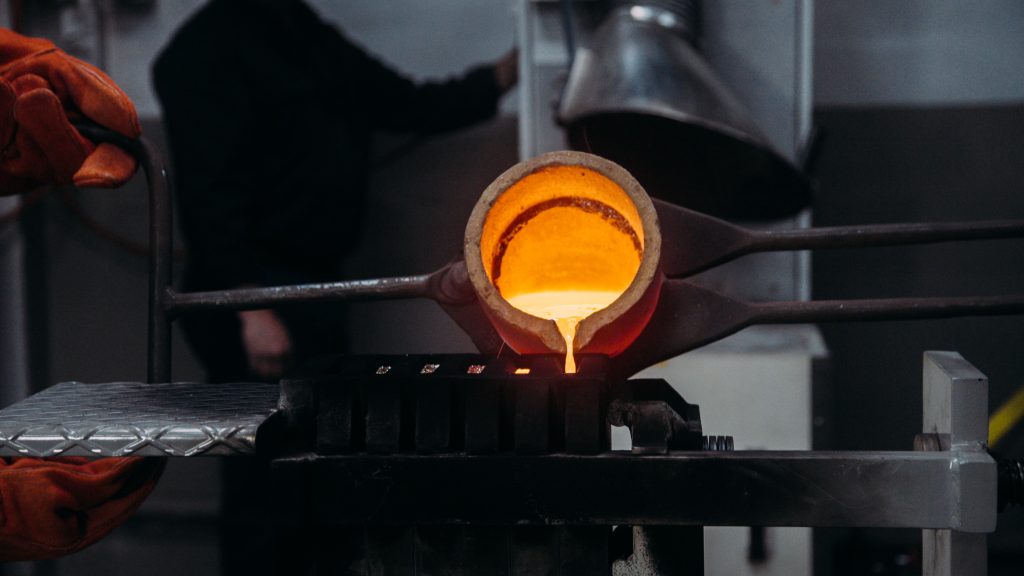
Palloys
Jewellery trends come and go. For decades yellow gold ruled then, almost overnight, silver was everywhere. Rose gold was all the rage in the courts of the Russian czars and a total hit in the 1920s, but was way out of vogue in the 1970s. It now enjoys regular time in the sun. What metals do our experts see as most popular at the moment, and do they see metal ease-of-use affecting jewellery styles and trends?
“By sales volume, the most popular metal is still palladium white gold, although only by a very small margin over yellow,” says Chris. “We have seen a large spike in rose gold again over the last two months.”
“Right now you would have to say platinum is on top for its pricing and look along with tantalum,” says Desmond at Becks. “Also zirconium seems to be kicking on due to its colour and its resistance to scratching and its sheer good looks.”
The question of various alloys’ workability affecting style is more complex with different metals performing differently depending on whether they’re used in casting or in fabrication.
“Fabricated metals are expected to be worked hard and reheated often,” says Chris, “and will usually need quite different types of grain refiners.” Casting metals, he says, require grain refiners to give a good malleable metal.
“Platinum, palladium, titanium, zirconium and tantalum alloys are the hardest materials to work with due to their high melting temperatures and wear resistance,” Desmond notes. “Much planning is required before manufacturing pieces with these elements. Gold alloys, depending on their uses such as casting or fabrication, are alloyed specifically for their intended purpose and generally work well. Trends would be the largest influence and then engineering your way around the issues you will encounter with the materials used.”
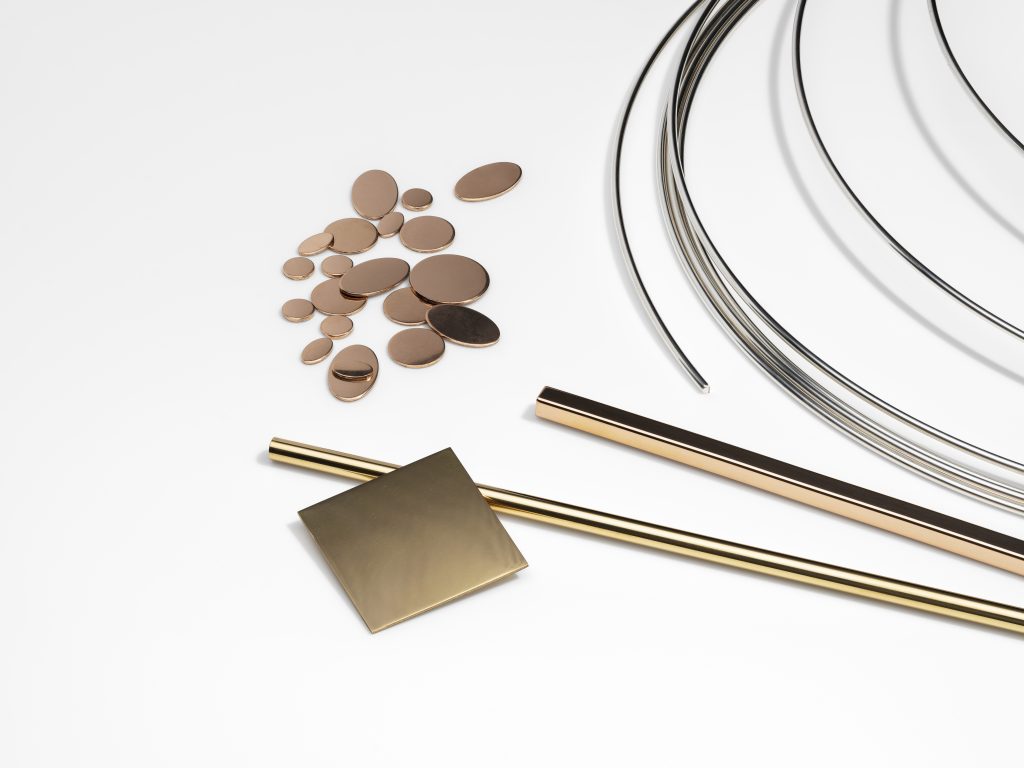
CAD/CAM
By far the biggest change in jewellery making since the Egyptians first poured molten metal into handmade moulds is CAD/CAM, and it’s astonishing to think that technology is now over 50 years old. Computer aided design (CAD) was first developed in the 1960s but it wasn’t until the 1990s that the CAD/CAM adventure became more widely used in jewellery making. For a long time, jewellery manufacturing purists held a ‘garbage in garbage out’ mentality to the new technology – the idea that designers with poorer skills couldn’t hope to overcome their deficiencies simply by using CAD.
That’s all changed.
“Overall the attitudes toward the technology have improved and become more positive as it continues to become more mainstream. Jewellers are becoming increasingly aware of the quality we can produce from CAD. Improved technology in printing allows finer and more intricate pieces to be printed and cast easily, when using the correct software and machine,” says Darren. “With custom fine jewellery being a continued trend, jewellers and jewellery retailers are increasingly seeing CAD/CAM as a tool they can utilise to improve their business.
“I would estimate a huge percentage of jewellers and jewellery retailers now use CAD/CAM as an additional tool to design and manufacture jewellery,” he adds. “The trend has continued with more lower priced 3D printers entering the market which are suited to some businesses that want to view the prototype before production or being able to print the wax/resin themselves and send to us for casting.”
CAD is now simply another tool on the designer’s bench.
“Some products can only be made using CAD and 3D printing methods, and some should never be made with 3D printing,” says Chris. “We have all kinds of clients ranging from someone who will hand carve a wax, send it to us to 3D scan, convert it to CAD, and then iterate it into other products. On the other hand, some will use our full CAD service, supplying only images and a brief, and others again, will combine all these technologies and cast a shank and collet for example, but opt to buy our fabricated wire to lay in real wire prongs.” The best use of design technologies, Chris says, depends on your needs, your budget, and sometimes, your experience.
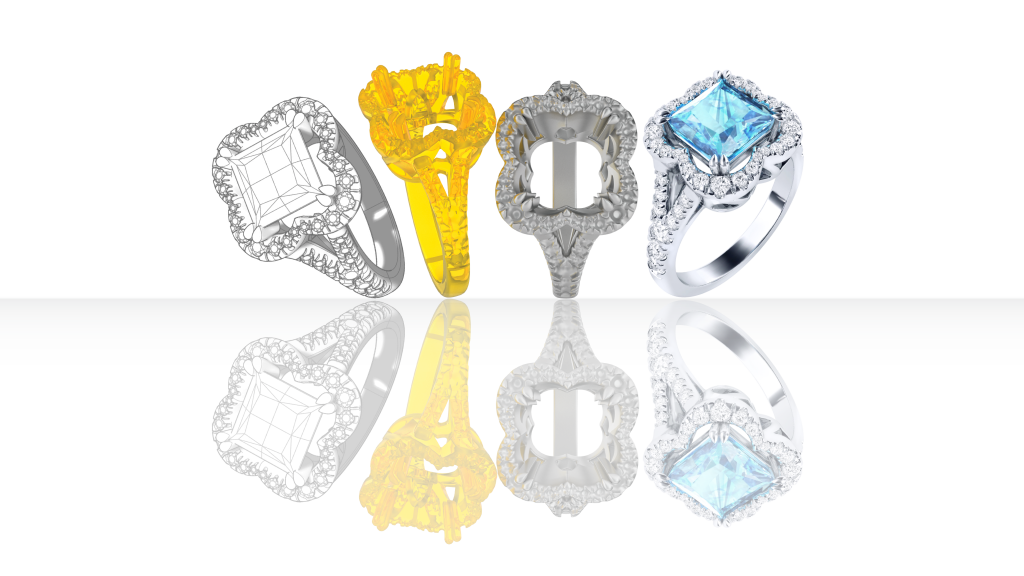
THE MAGIC OF 3D PRINTING
3D printing is here to stay, says Desmond and the team at Becks.
“3D printing has brought to the industry a complexity that has allowed progression of designs and has saved time at the bench and reduced manufacturing costs. Many jewellers are opting for this process over hand fabrication as they can offer the customer a competitively priced item.”
It’s the development of 3D metal printing that has our experts most excited.
“Direct laser sintering will be the next advancement,” enthuses Des. “This technology is used within the aerospace industry, and many others, and has been advancing. Pricing at the moment is prohibitive but as the technology becomes more available, the cheaper it will become.”
Chris would like to see things moving faster.
“Metal 3D printing has not developed as fast as we all would have hoped, the major issues of course not being the equipment itself, but costs and its working stock alloy powders,” he says. “These are required in large quantities (per alloy) and the technology is still slow. However, there was a time when microwave ovens were considered high technology, a mobile phone was the size of a brick, and both were awkward and expensive. We’re in a transitional technological period in the industry, and it will be a fascinating time to look at in retrospect.”
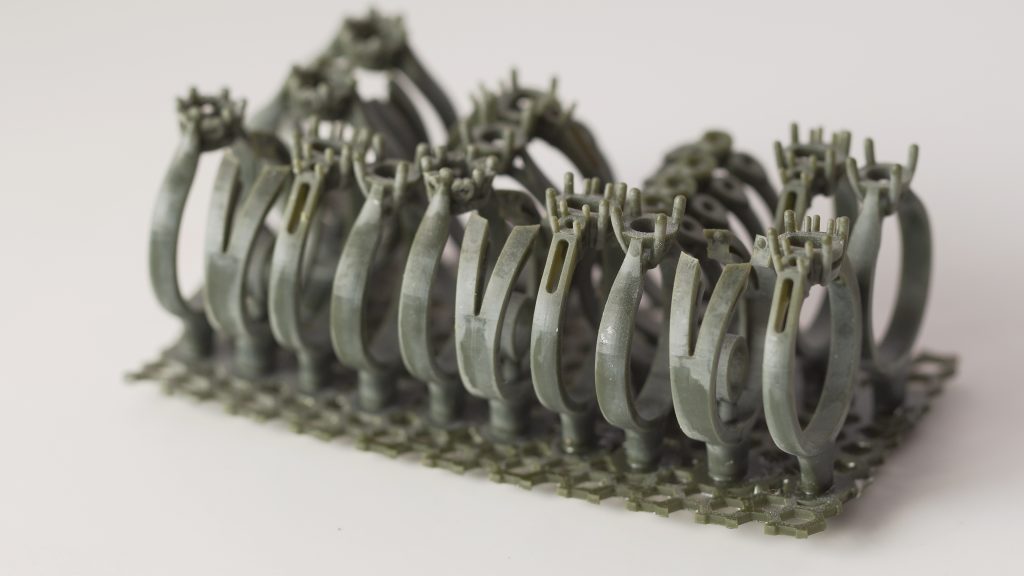
Further reading: